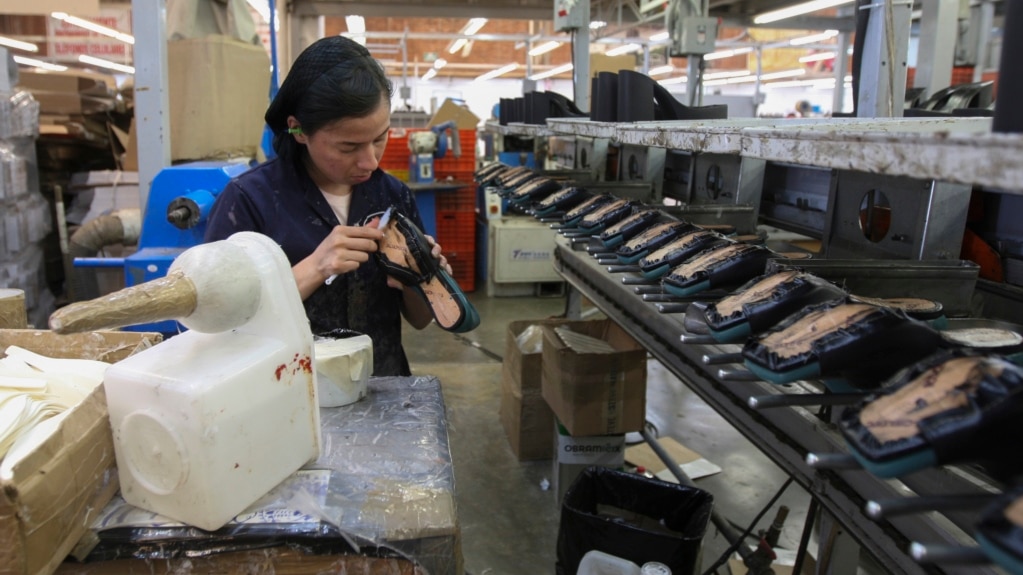For the first time in more than twenty years, Mexico took China’s place as the leading source of goods imported by the United States.
This change, which took place over the last year, brings attention to the growing tensions between the U.S. and China. It also highlights American efforts to import from countries that are friendlier and closer to home.
Figures released recently by the U.S. Commerce Department show that the value of goods imported by the U.S. from Mexico rose nearly 5 percent from 2022 to 2023, to more than $475 billion. At the same time, the value of Chinese imports dropped 20 percent to $427 billion.
The last time that Mexican goods imported by the United States were greater than the value of China’s imports was in 2002.
Economic relations between the United States and China have declined in recent years.
The Trump administration began putting tariffs on Chinese imports in 2018. The administration argued that China’s trade policies broke international trade rules. President Joe Biden kept those taxes on imports after taking office in 2021, making clear that opposition toward China would be a rare area of common ground for Democrats and Republicans.
Instead of sending production to China, which U.S. corporations had long done, the Biden administration has urged companies to seek suppliers in allied countries, in a process called “friend-shoring,” or to return manufacturing to the United States in a process called “reshoring.” Supply-chain problems related to the COVID-19 pandemic also led U.S. companies to seek supplies closer to the United States in a process called “near-shoring.”
Mexico has been among those helped by the growing move away from Chinese factories. But the picture is more complex than it might seem.
Some Chinese manufacturers have established factories in Mexico to get the benefits of the 3-year-old U.S.-Mexico-Canada Trade Agreement. The agreement permits duty-free trade in North America for many products.
Mexican President Andrés Manuel López Obrador said last week that the trade deal gives Mexico new power. He said it would make it hard for the U.S. to close the two countries’ border to limit immigration, as suggested in negotiations on a border bill in the U.S. Senate.
“The negotiation is proposing closing the border,” he said. “Do you think Americans, or Mexicans, but especially the Americans, would approve that? The businesses wouldn’t take it, maybe one day, but not a week.”
Some industries — especially car manufacturers — have set up plants on both sides of the border. These plants depend on each other for a steady supply of parts.
Derek Scissors, a China specialist at the American Enterprise Institute, noted that the biggest drops in Chinese imports were in computers and electronics and chemicals and pharmaceuticals — all politically difficult areas.
“I don’t see the U.S. being comfortable with a rebound in those areas in 2024 and 2025,” Scissors said, predicting that the China-Mexico reversal on imports to the United States likely “is not a one-year blip.’'
Scissors suggested that the drop in U.S. use of Chinese goods partly suggests concerns about China’s economic policies under President Xi Jinping. Xi’s COVID-19 lockdowns brought large parts of the Chinese economy to a halt in 2022. And his officials have raided foreign companies in possible counterespionage investigations.
“I think it’s corporate America belatedly deciding Xi Jinping is unreliable,” Scissors added.
I’m John Russell.

